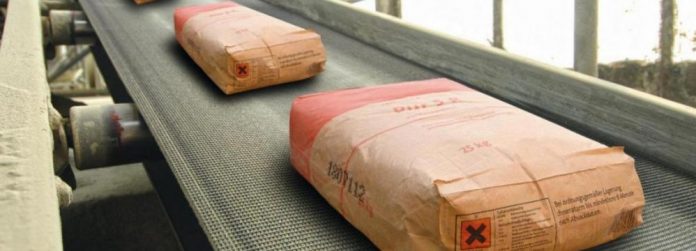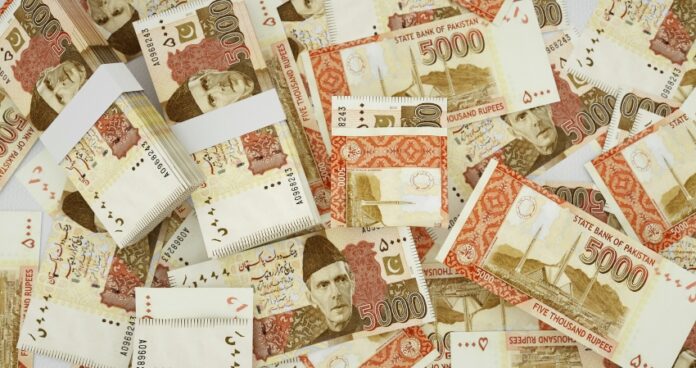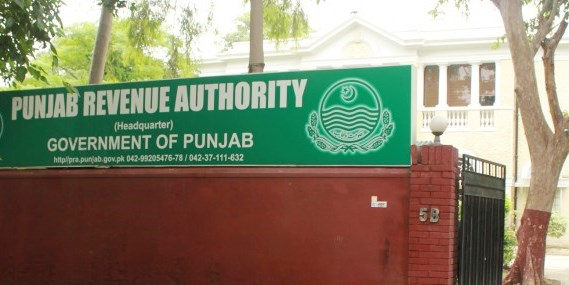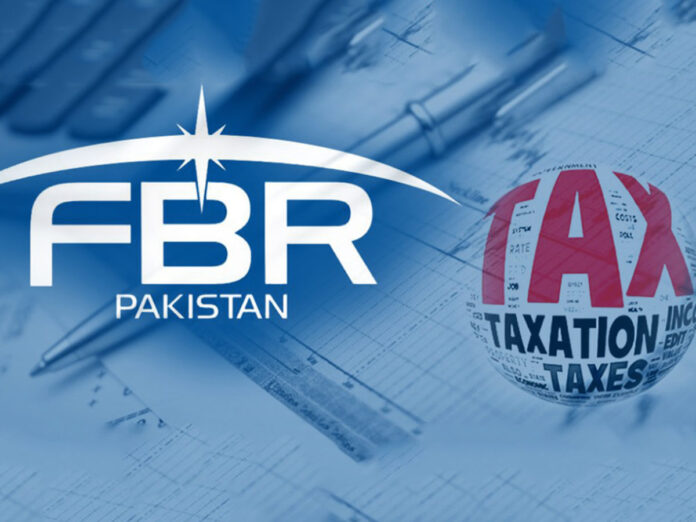
Punjab's total government debt decreased by Rs24.8 billion in the second quarter (Oct-Dec) of fiscal year 2024-25, marking a 1.5% drop, according to a report from the Punjab Finance Ministry. This reduction was driven by foreign exchange gains and a reduction in the province’s net debt.
By December 31, 2024, Punjab's debt stock stood at Rs1,654 billion, down from Rs1,678.8 billion in September. External debt accounted for Rs1,652.5 billion, while domestic borrowing amounted to Rs1.5 billion. This reduction brought Punjab’s debt to 2.46% of its Gross State Domestic Product (GSDP), a slight decrease from the 2.49% ratio reported at the end of the first quarter.
The decline was attributed to a Rs12.1 billion forex gain, primarily due to the depreciation of Special Drawing Rights (SDRs), Japanese Yen, and Chinese Yuan, as well as a reduction in new borrowings by Rs12.7 billion.
The report further clarified that the figures exclude provincial guarantees for various government entities and commodity debts, which stood at Rs103 billion, mainly tied to wheat procurement and federal government guarantees under the Cash Credit Limit (CCL).
Punjab’s borrowing remains heavily dependent on external financing, with 99.9% of its debt portfolio sourced from concessional multilateral and bilateral loans used for infrastructure and policy reforms. Only 0.1% comes from domestic borrowing through the federal government.
The International Development Association (IDA) and the International Bank for Reconstruction and Development (IBRD) together represent 54% of Punjab's external debt, followed by the Asian Development Bank (21%), Chinese loans (21%), and other lenders (4%).
In terms of sector-wise borrowing, agriculture, irrigation, and livestock received the largest share at 25%, followed by transport and communication (21%), education (20%), urban and community development (15%), governance (10%), health (5%), and other sectors (4%).
Punjab’s debt portfolio is heavily weighted towards foreign currency loans, with 70% of the debt denominated in US dollars, 21% in SDRs, 5% in Japanese Yen, 2% in Chinese Yuan, and 1% in other currencies. This exposes the province to risks from exchange rate fluctuations, as any change in the rupee’s value against major currencies can impact the debt's valuation.
Despite 73% of the debt being contracted at fixed interest rates, making it less vulnerable to global rate changes, the predominance of foreign-currency loans leaves Punjab exposed to exchange rate volatility, which poses a risk to long-term debt sustainability.
.jpg)









This website has been developed with good faith to create facilities for the people.Your ID Password and access to our website is for a specific period or temporary, it may be suspended at any time without telling any reason.Your ID Password or access does not create any your rights or liability onto owner of the website.
Office # 3-6, Ground Floor Idrees Chamber ,Talpur Road Karachi
info@taxhelplines.com.pk
+ 92 314-4062161
021-32462161
+ 92 305-2561915